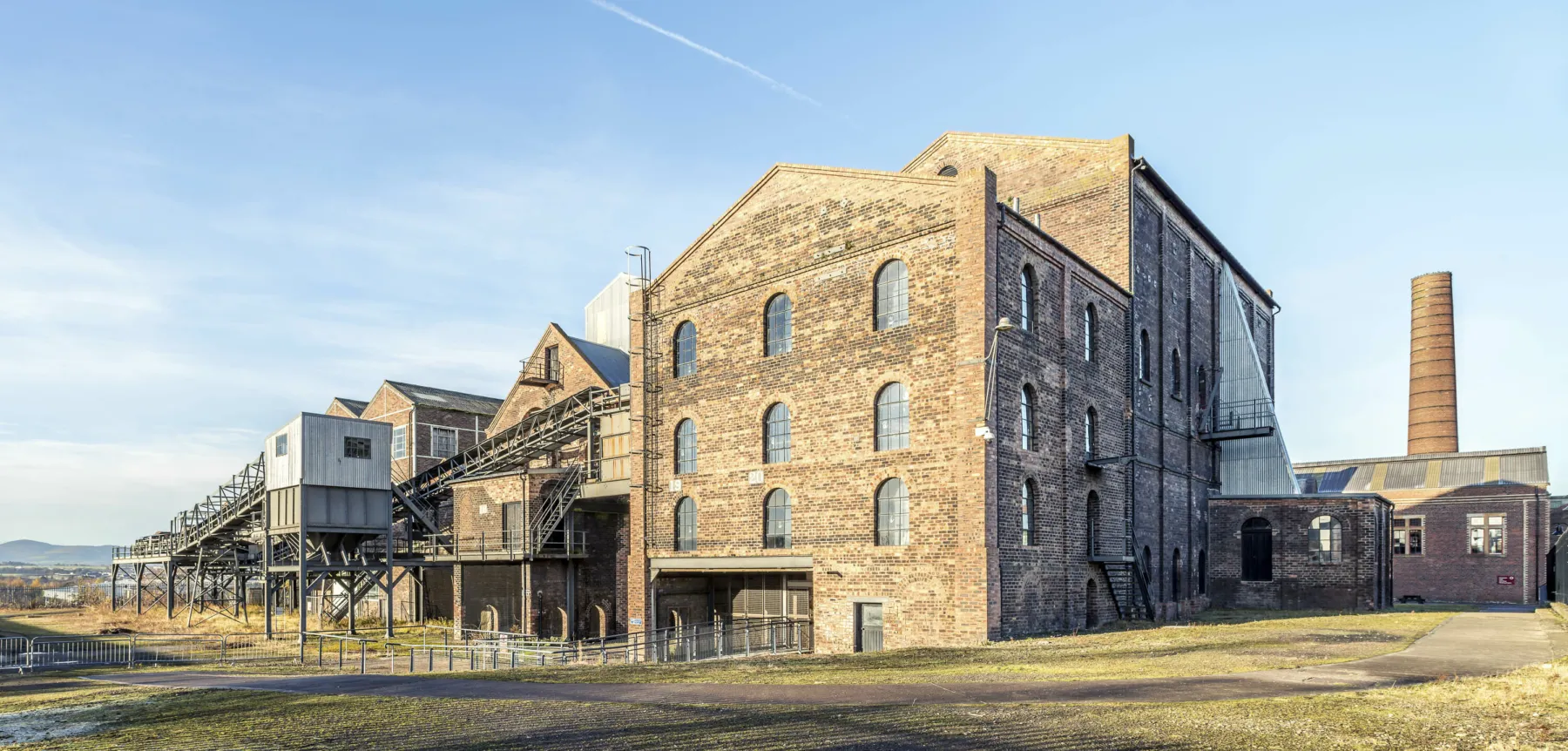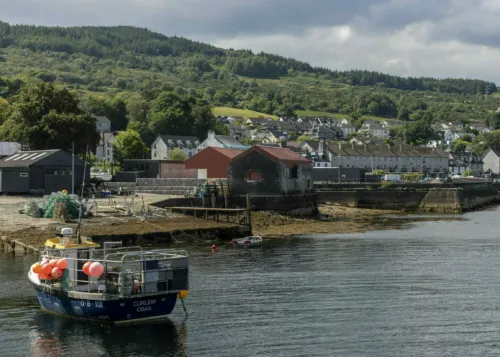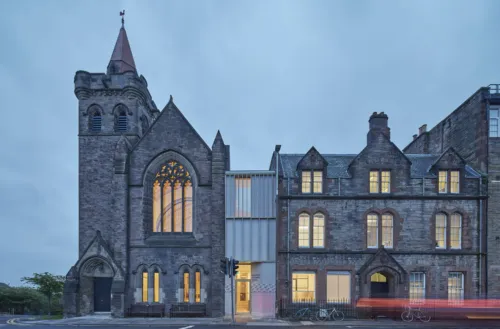In this museum refurbishment project, a disused Category A listed building has been transformed into Scotland’s first memorial centre to commemorate the sacrifices of those who have worked in the coal-mining industry.
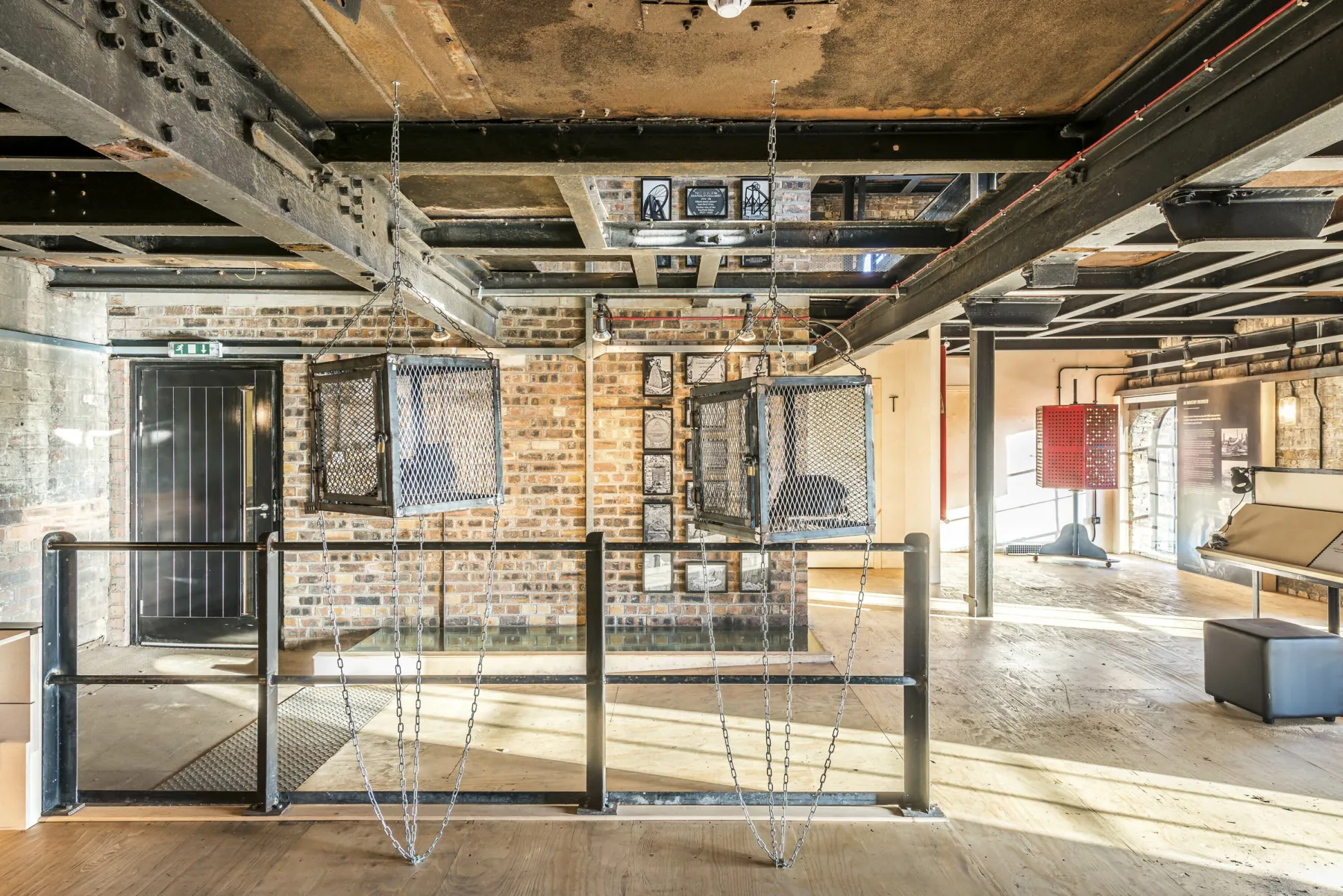
The new centre has been created in the former ‘re-washer’ facility of the Lady Victoria Colliery in Newtongrange, which is home to the National Mining Museum Scotland.
When it opened in 1895, the Lady Victoria Colliery had the deepest pit in the country. Designed to extract 1,200 tons of coal every day, it produced around 40 million tons over its lifetime. The mine closed in 1981 and the colliery was conserved as a museum – it remains one of the best-preserved Victorian-era collieries in Europe.
The museum opened in 1984 but the four-storey building now housing the memorial centre lay unused for more than 30 years.
The interior of the memorial centre is deliberately industrial in nature, reflecting its previous use and contributing to the museum’s story. The internal walls remain unplastered, revealing the original brickwork, and steel columns, girders and roof trusses are also clearly visible.
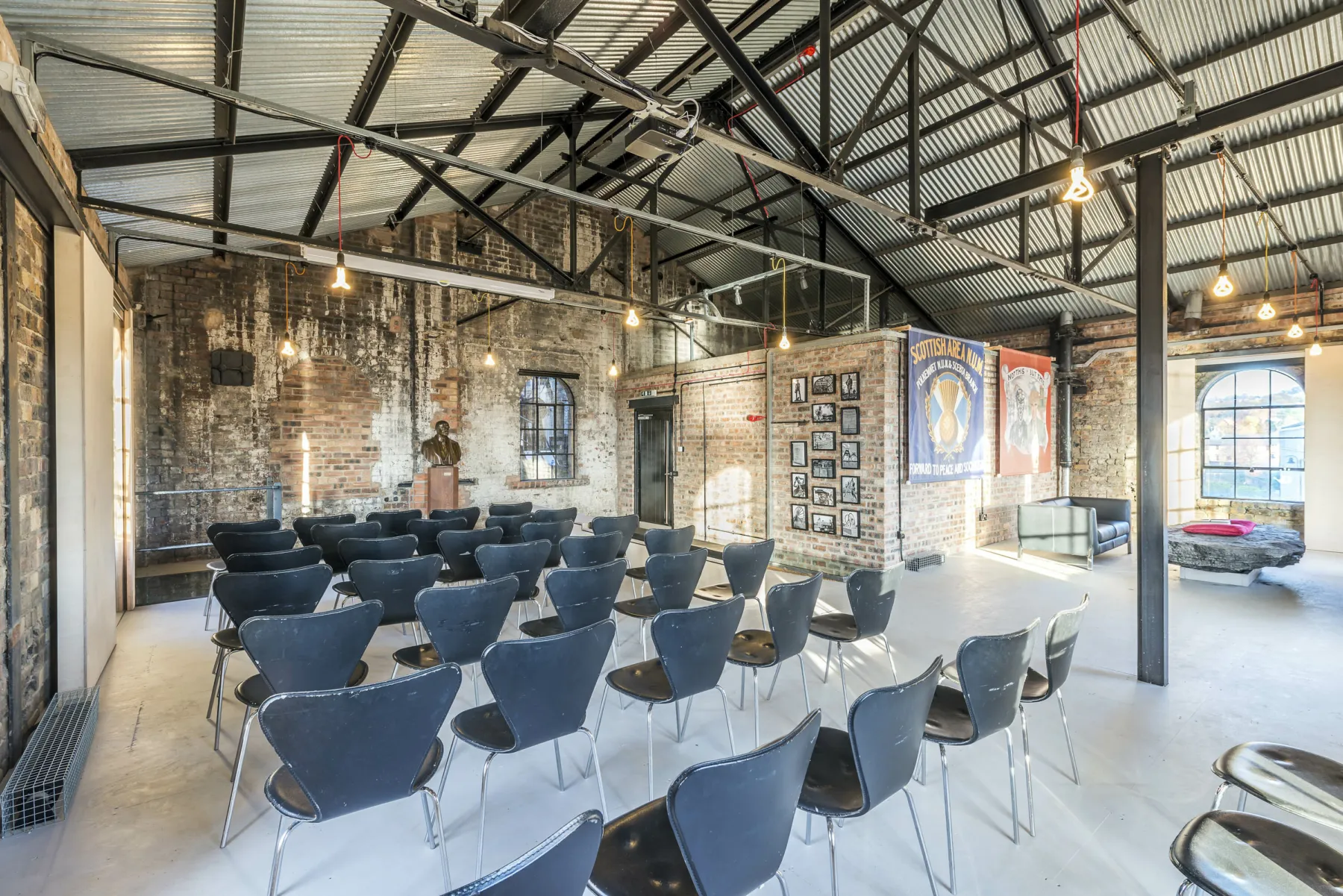
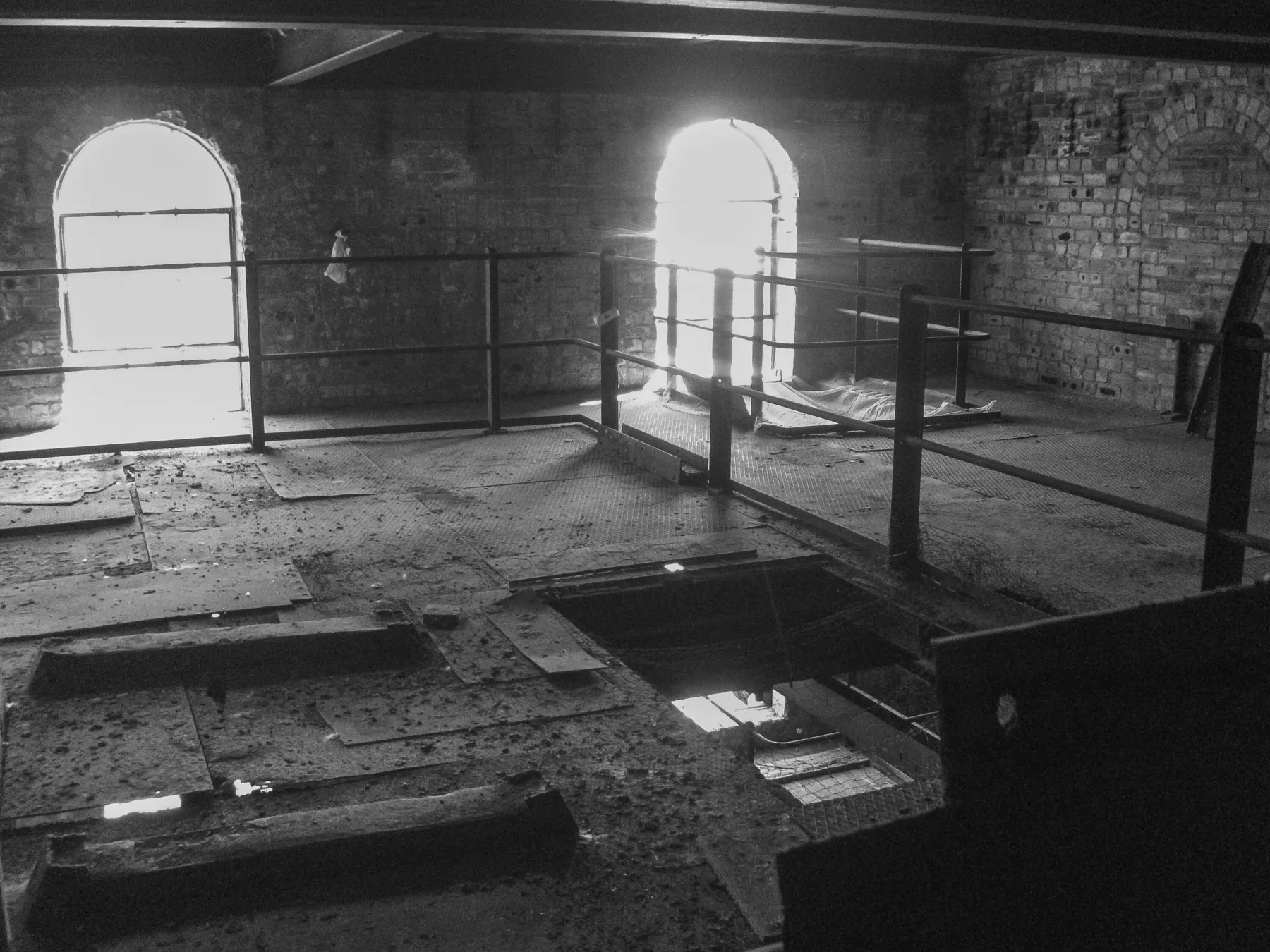
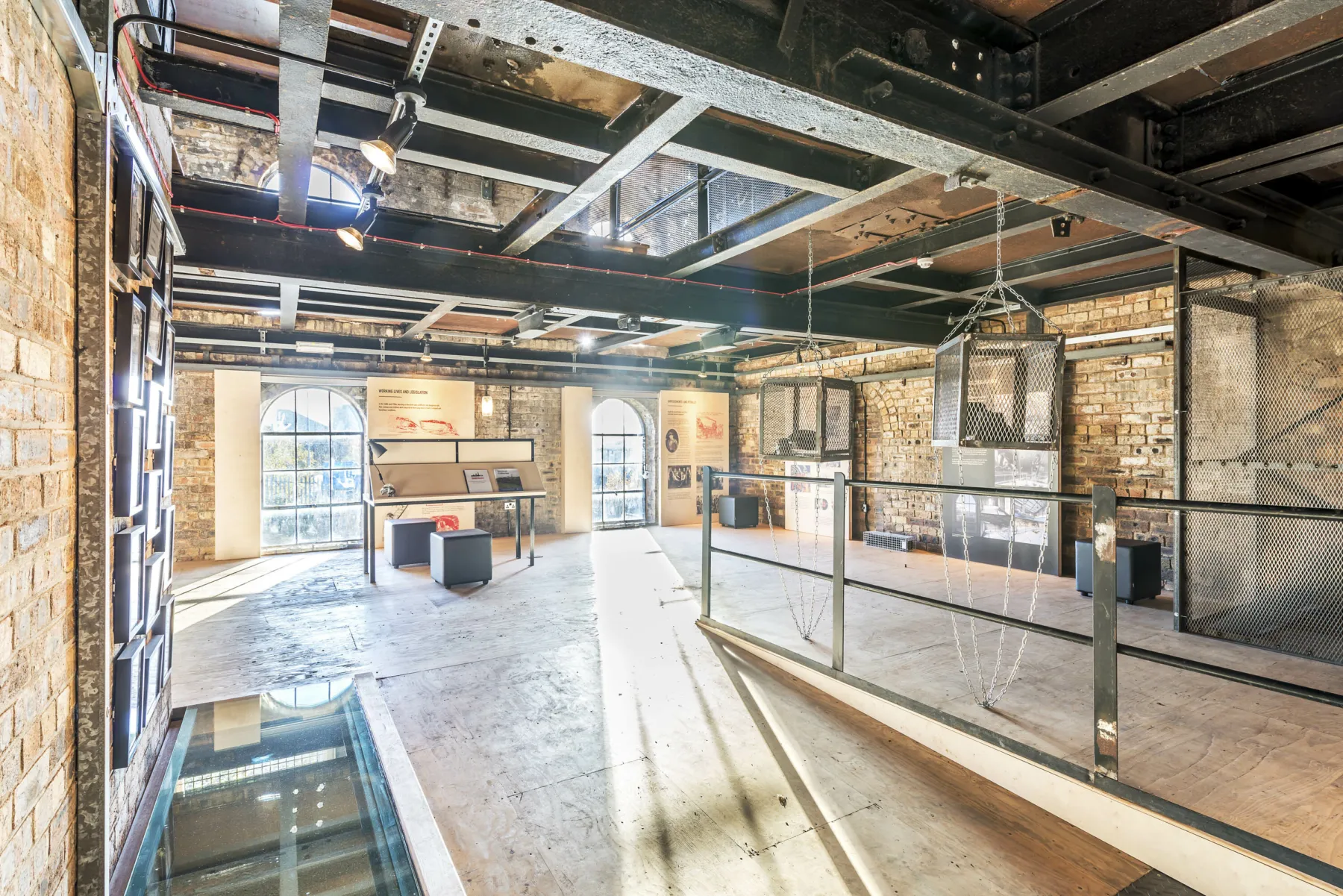
A memorial to miners
The memorial centre is arranged over all four floors of the building. The entrance and an introduction to the exhibition are located on the ground floor, with the first and second floors given over to exhibition and education spaces, including a library and research facilities. There is also a storytelling area for school parties.
The top floor provides a flexible event and memorial space, at the centre of which is a memorial table made from a 1.2-tonne slab of polished coal.
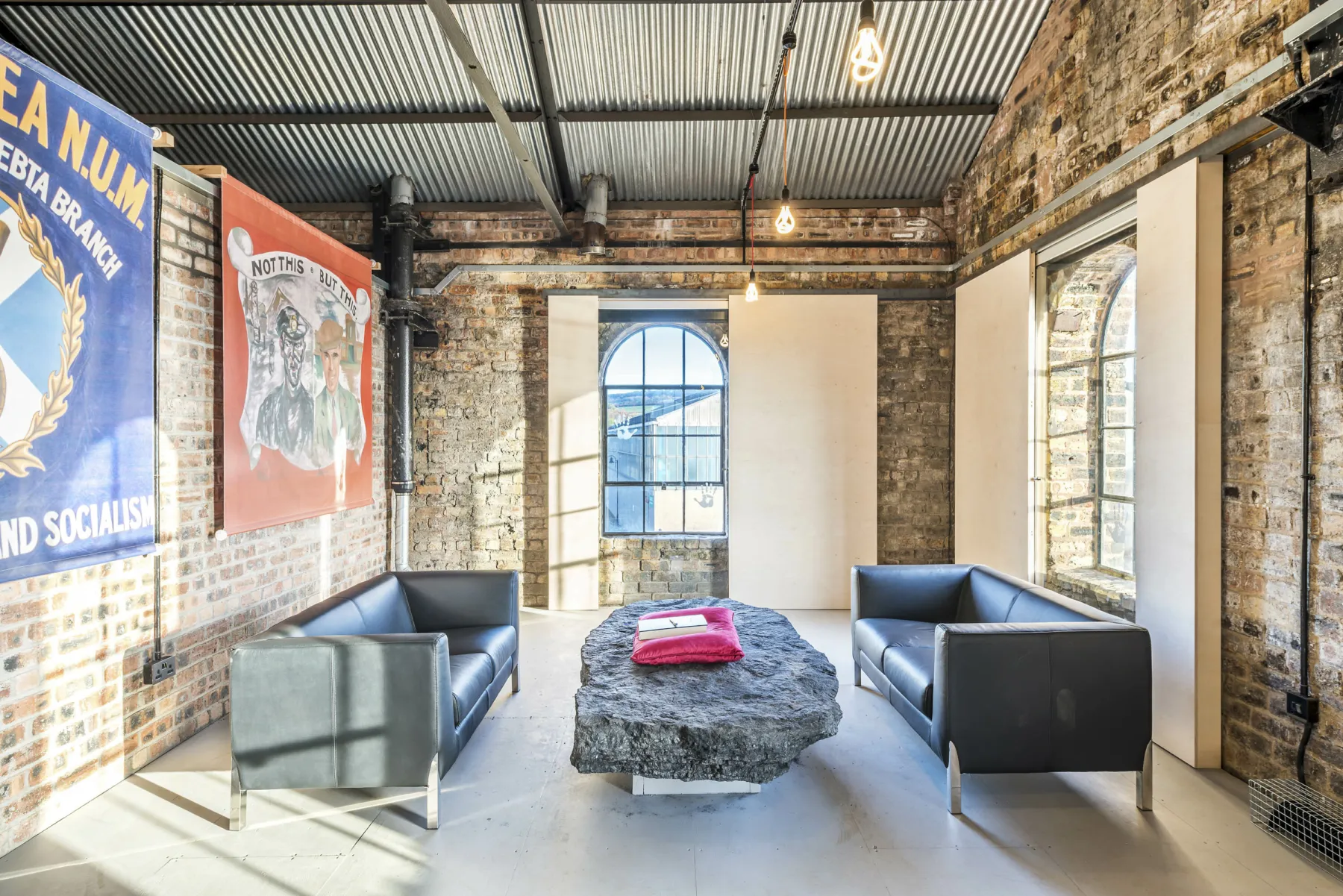
The original open stairs did not comply with modern regulations but they were retained and made safe with horizontal glazed panels and cage-like metal partitions to show off the building as it was.
A two-storey void in the upper floors is used as a memorial wall to display photographs from 80 mining memorials throughout Scotland as well as other historic artefacts.
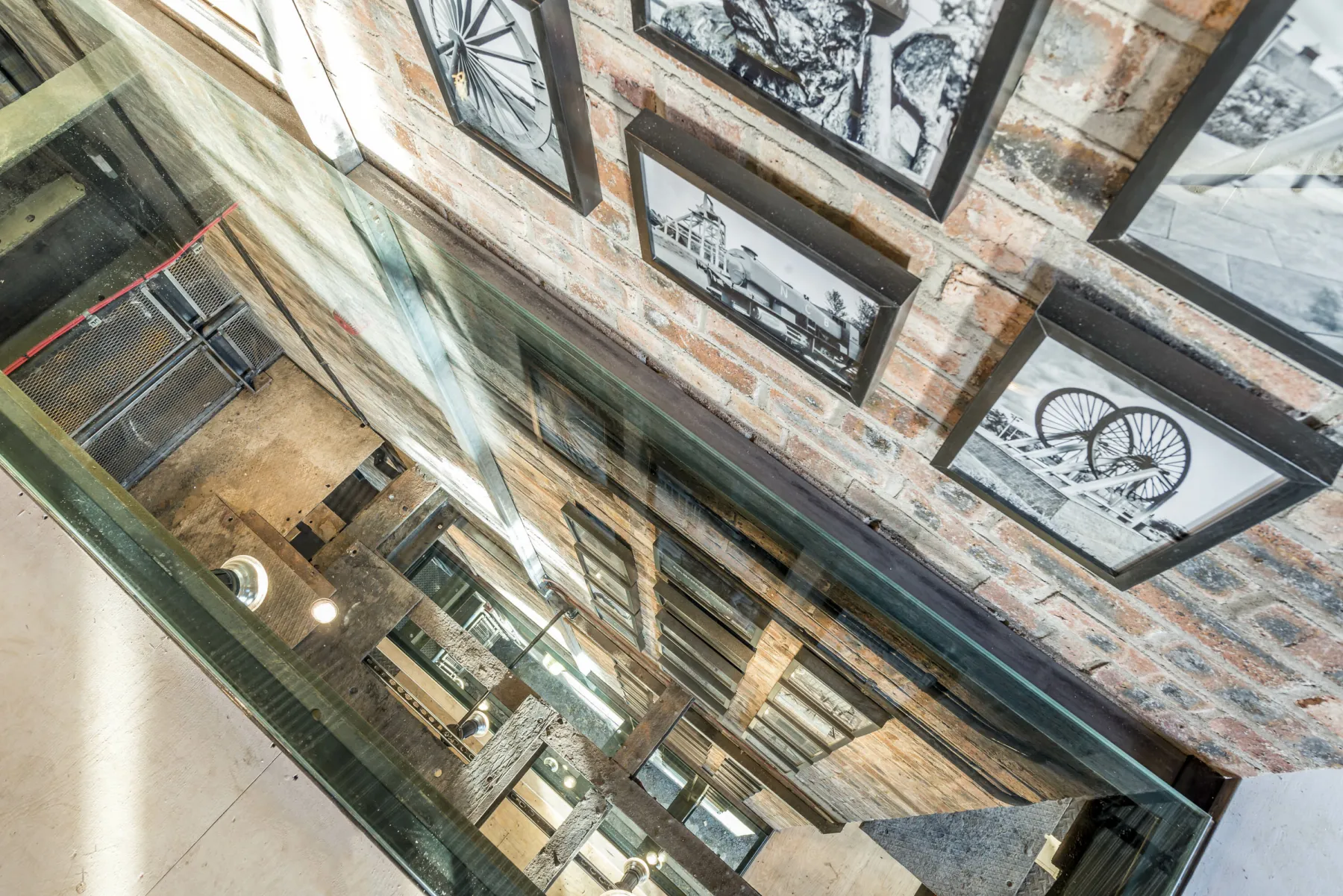
Strict project budget and restricted timescale
The main challenges of this project were its fixed construction budget for refurbishing what is a sizeable building and its extremely limited schedule – six months from appointment to completion.
The client wanted to pay tribute to the men who were lost at Knockshinnoch Castle Colliery in Ayrshire, in one of the worst mining accidents in British history, by opening the centre on its anniversary.
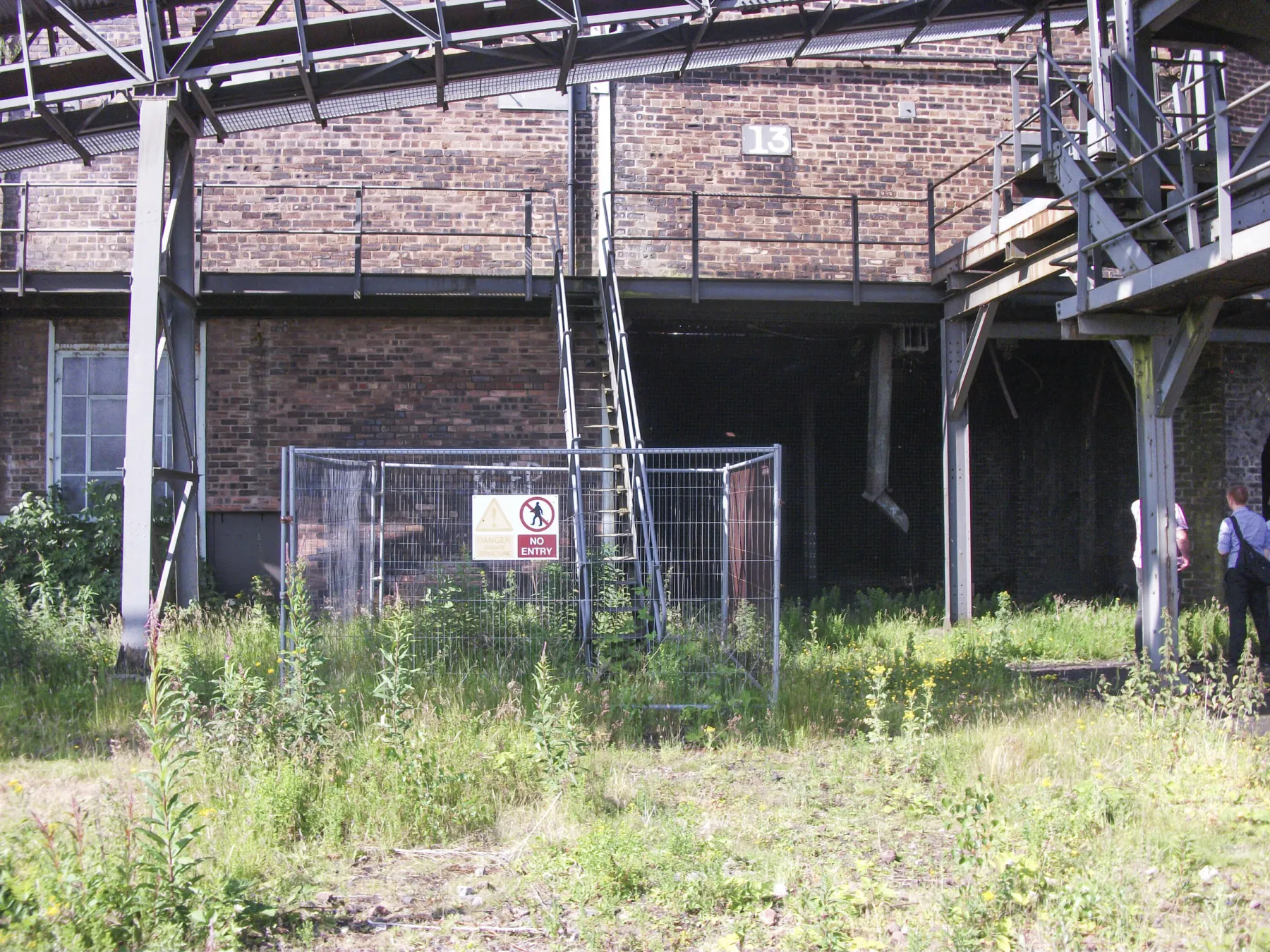
We secured the services of a local contractor, John Dennis & Co, with a good track record of carrying out works at the museum and who also had a particular family interest in the local mining industry.
Then with careful planning, rigorous market-testing of work packages, our experience working in listed buildings and excellent coordination between all members of the project team, we were able to obtain all the necessary planning and building consents, tender the contracts and carry out all the works on site within the approved budget.
Grand opening
Despite the extremely tight schedule, the project was completed on time and the memorial centre was opened by local MP and former miner David Hamilton on the 63rd anniversary of the Knockshannoch disaster.
The work done in breathing new life into this building that had lain dormant for 30 years was recognised in 2014 with a commendation from the Edinburgh Architectural Association.
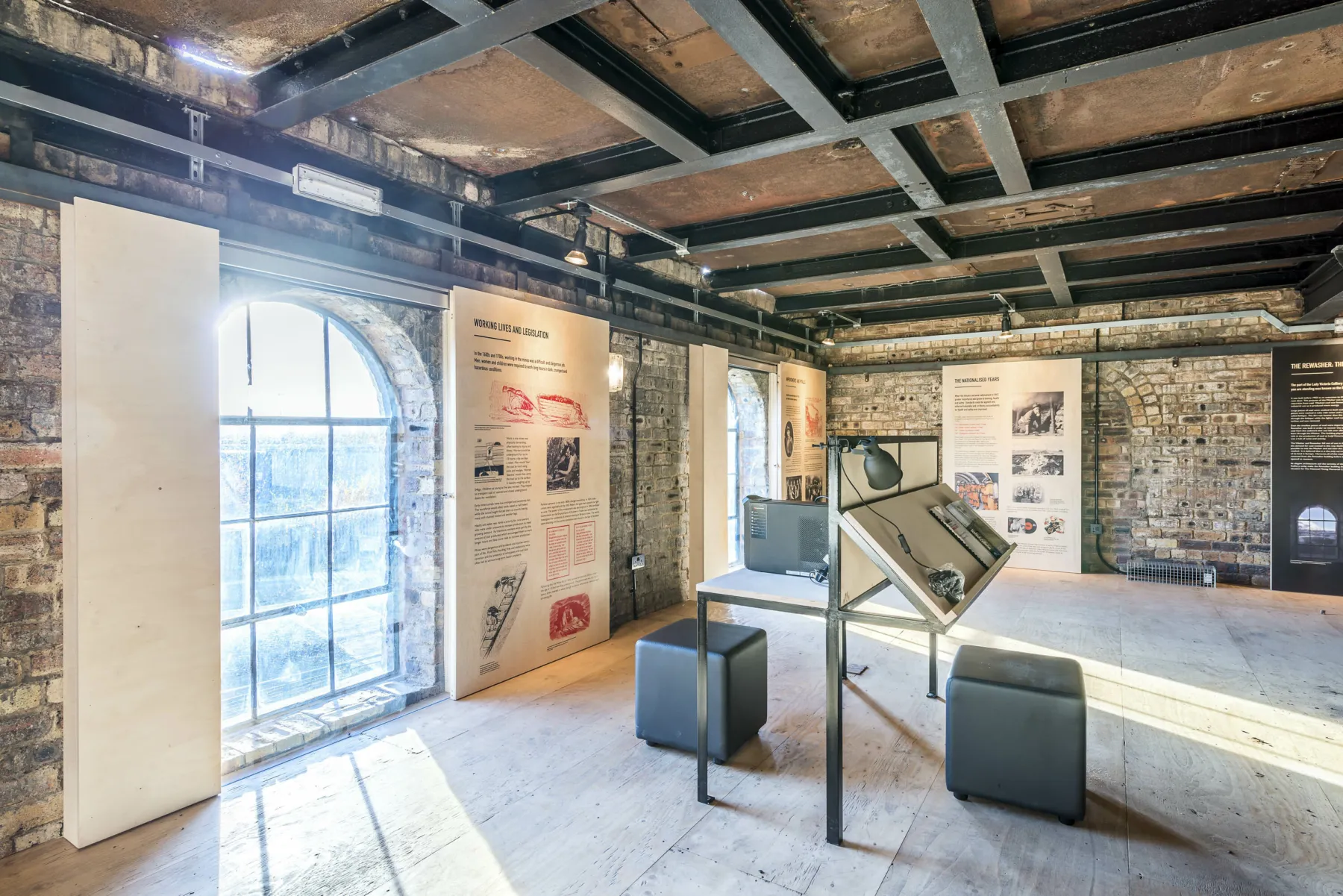
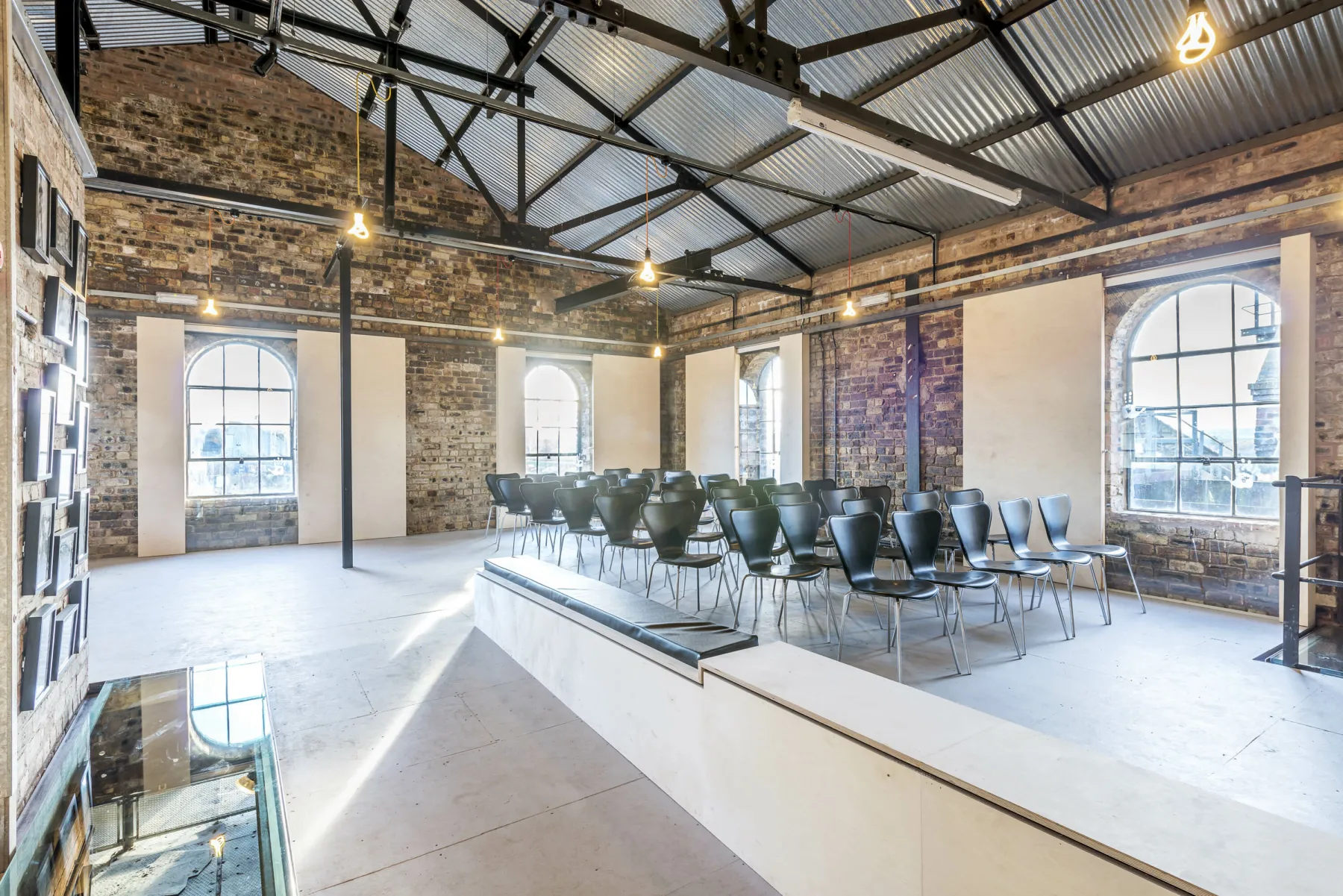
Credits
Architect Purcell
Contractor John Dennis
Structural Engineer Elliott & Company
CDM Coordinator Thomson Gray
Quantity Surveyor Thomson Gray
Picture credits Chris Humphreys
Listing Category A
Awards
2014 EAA Commendation Award
